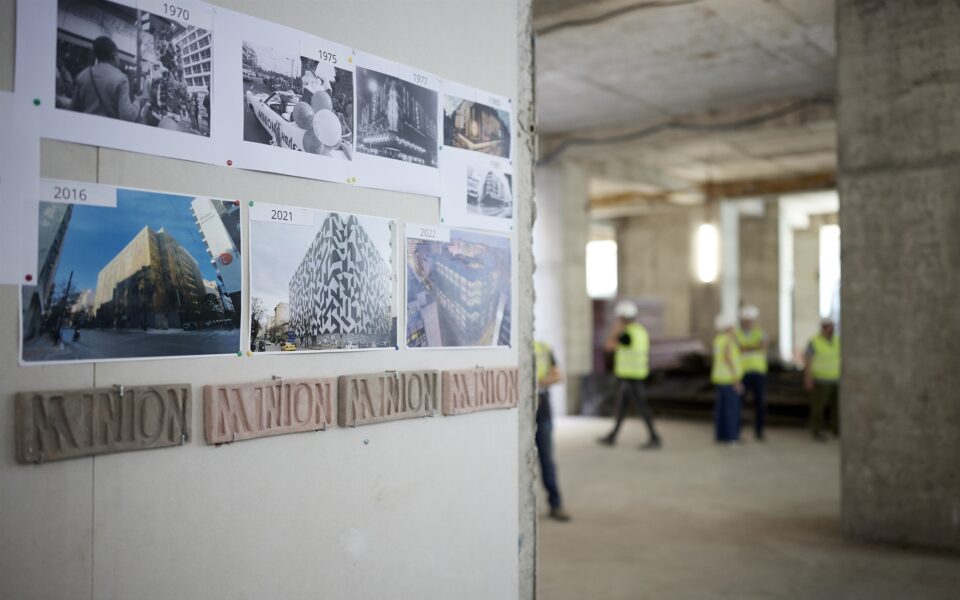A vision for Athens

One of the big open questions about the future of Athens is whether and to what extent the disjointed investment plans in the city center will succeed. And to what extent their added value will contribute to the sought-after improvement of the urban environment. In particular, the area from pedestrianized Korai Street to the National Archaeological Museum, which is especially run-down and vulnerable to unpredictable factors, is witnessing an impressive concentration of investment in buildings constructed in the period from the late 19th century to the mid-20th century.
Wrapped in scaffolding are some of the old listed buildings on Panepistimiou and Stadiou streets: the Arsakeio Arcade, the Schliemann-Mela Mansion, which used to house the Ideal cinema (I hope that its restoration will follow the original plan of German architect Ernst Ziller) and the imposing neoclassical mansion at the junction of Aiolou and Stadiou streets. The reconstruction of the building at the corner of Stadiou and Benaki streets, an interesting building from the 1950s, is also under way.
The many smaller investments within the radius of Omonia and the Hafteia area point to something of a renaissance for the district
On Patission Street, stretching from the former Minion department store to the National Archaeological Museum, the area encompasses the Acropole Palace (now inelegantly renamed Acropole Across), which remains unused. When integrated into the city’s services, it will have to make up for 25 years of embarrassment and irresponsibility. It is a shame that a private investor did not transform it back into a grand and aristocratic hotel, but when it came into the hands of the state, Athens was not yet a tourist destination and Patission Street did not seem to have a bright future. It is sad that the area cannot be promoted as it deserves.
Even so, the many smaller investments within the radius of Omonia and the Hafteia area point to something of a renaissance for the district. The crucial factor is for this revitalizing trend, which rejuvenates parts of the aging urban core, to create jobs, and ensure sustained functionality, to benefit the city and society at large. It should spark a chain of action and interest in more noteworthy albeit dilapidated landmarks. The government, the local administration, the free market and citizens must all play a role in Athenian reconstruction. An urban regeneration program named “Athens 2050” would be highly welcomed.





